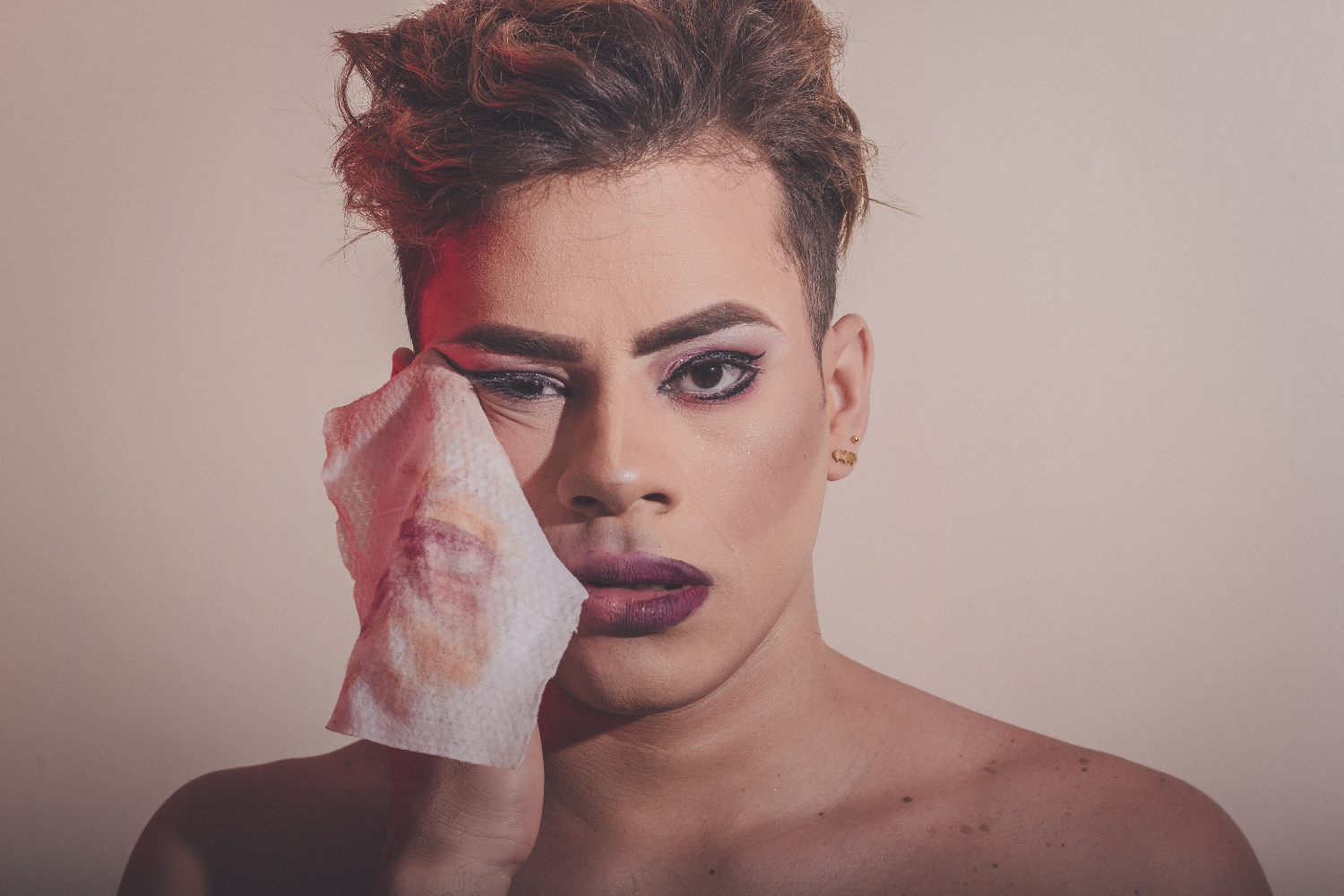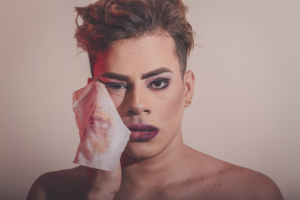<この記事の導入部分概要>
- ジェンダーの流動性が様々な形で受け入れられるようになる中、Z世代を中心にした多くの芸能人が「本当の自分に忠実であること」の重要性を積極的に語っている
- ロンドンでは、男性専用のメイクアップ・ストアがオープン。メンタルヘルスサポートのトレーニングを受けた理容スタッフが店頭に立ち、外見だけでなく内面のウェルネスケアまで包括的なサービスを提供している
- 男性にとって治療が恥ずかしく受けにくい、勃起不全・脱毛といった男性特有の悩みを改善する遠隔医療を活用したサブスクも人気を博している
Changing definitions of masculinity present opportunities for authentic brand engagement
Over the past several years, various social forces have been changing the definition of “healthy masculinity” around the world. For example, the #MeToo movement and high-profile mass shooting events pushed the perils of “toxic masculinity” into the forefront. The concept of toxic masculinity refers to certain cultural norms that are associated with harm to society and men themselves. Traditional stereotypes of men as socially dominant, along with related traits such as misogyny and homophobia, can be considered “toxic” due in part to their promotion of violence. Self-reliance and emotional repression are correlated with increased psychological problems in men such as depression, increased stress, and substance use disorders. Unfortunately, traditional standards of masculinity seem to exacerbate these problems, particularly in societies where men are stigmatized from seeking help from outside.
However, times are changing. Gen Z is a strong driver of the broader societal pushback against traditional masculinity. There is rising acceptance for gender fluidity, and pop culture icons such as Harry Styles and BTS are actively talking about the importance of being authentic to your true self.

Lil Nas X, American rapper, rose to fame in 2019 after the release of the country-rap crossover hit, “Old Town Road.” Country and rap music have historically been characterized by classic definitions of masculinity, but Lil Nas X broke barriers by coming out as gay while the song was setting records atop the Billboard Hot 100 chart. He enjoys immense popularity with Gen Z.While consumer brands of years past would have shied away from provocative personalities like Lil Nas X, brands today are embracing and leaning into Lil Nas X’s popularity:
- Taco Bell just announced a partnership with Lil Nas X, making him the company’s honorary Chief Impact Officer and announcing plans for collaborative events and “fan engagement opportunities” for young employees and customers.
- Lil Nas X’s concert in the Roblox metaverse in November 2020 has become one of the most viewed concerts of all time.

But brands aren’t just relying on pop stars to lead the way. In July, War Paint ForMen became the first brick-and-mortar make-up store exclusively for men, opening in downtown London. It carries the brand’s full range of products, from foundation and bronzer to beard and brow fillers, but in an environment that is comfortable for men to explore without stigma. WPFM is collaborating with TheLions Barber Collective, a group of not-for-profit barbers trained in mental health support to help prevent male suicide. Together, the two companies will offer a full-service, outer and inner wellness oasis for men.

From a health perspective, a new wave of “prescription box” services such as startups Keeps, Hims, and Roman, are appealing to a younger generation of men who want convenient and discrete men’s health help. The companies provide tele-health care for issues such as erectile dysfunction, hair loss, premature ejaculation, and low testosterone, and ships any prescriptions and products to customers in a nondescript subscription box. These kinds of issues have historically been difficult and embarrassing for men to seek treatment for, but have exploded in popularity in recent months.
In conclusion, global trends men’s health and beauty are tracking with and supporting a more open view of masculinity – one that includes some more traditionally feminine elements. Forward-thinking brands in the fashion, beauty, and healthcare industries are embracing this and actively supporting this new view of the modern man.
EIS Insight
- As old-fashioned ideas of manliness are eroding, it’s clear that we need a more complex and inclusive definition of ‘masculinity’ – one that helps break down gender barriers and allows every individual to express themselves in a way that’s authentic. Brands can play a significant role in supporting this trend, and consumers are increasingly looking to guide them as they explore new terrains of identity, self-care, and self-expression.
- To stay current on the evolution of this trend, brands should monitor mega-influencers such as pop icons and YouTube/TikTok mega-stars in the men’s health and fashion spaces. However, for potential marketing partners, micro-influencers in social media can provide a much higher return on investment, reaching a deeper engagement level in a more targeted audience, than blockbuster partnerships.
- In Japan, where people are highly conscious of grooming and etiquette, the men’s cosmetics market is already large by global standards.However, according to consumer studies, many Gen Z Japanese men still lament the lack of choices in products compared to women’s cosmetics. This means that there is significant opportunity for brands to appeal more directly to men, and skillfully navigating the cultural moment of this new masculinity – in an authentic way – will be the key to success.<インサイト:日本語訳>
- 昔ながらの考えである「男らしさ」の概念が失われつつある今、より複雑で包括的な男らしさの定義が必要であることは明らかである。それは性別の壁を取り払い、個人がそれぞれ真の自分を自己表現できるようなものでなければならない。消費者がアイデンティティ、セルフケア、自己表現の新たな領域を探求するにつれて、指標となるガイダンスをより一層求めるようになり、ブランドや企業は「ジェンダーの流動性」をサポートする重要な役割を担うこととなる。
- このトレンドの流れを把握するためには、ブランドや企業はポップアイコンやYouTube/TikTokのメガスターなど、男性の健康やファッションの分野で活躍するメガインフルエンサーを注意深くマークするべき。潜在的なマーケティングパートナーとしては、有名なインフルエンサーとのパートナーシップよりもマイクロインフルエンサーが有効で、ターゲットとなるオーディエンスに深いエンゲージメントレベルでリーチできるため、はるかに高い投資収益率が望める。
- 身だしなみやエチケットへの意識が平均的に高い日本では、男性用化粧品の市場規模は世界的に見ても既に大きいと言える。しかし、消費者調査によると、多くのZ世代の日本人男性は、女性用化粧品に比べて商品の選択肢が少ないことを不満に思っている。つまり、ブランドが男性に直接アピールする機会は大いにあり、この新たな「男性らしさ」が定義される転換期に、ブランド側がターゲット層の共感を得る巧みなアプローチでサポート体制を示すことが成功の鍵となる。
Reference
- CNBC
- New York Times
- Billboard
- Trendwatching
- ToyoKezai
- Business of Fashion
- WHO, Gender Disparities and Mental Health



